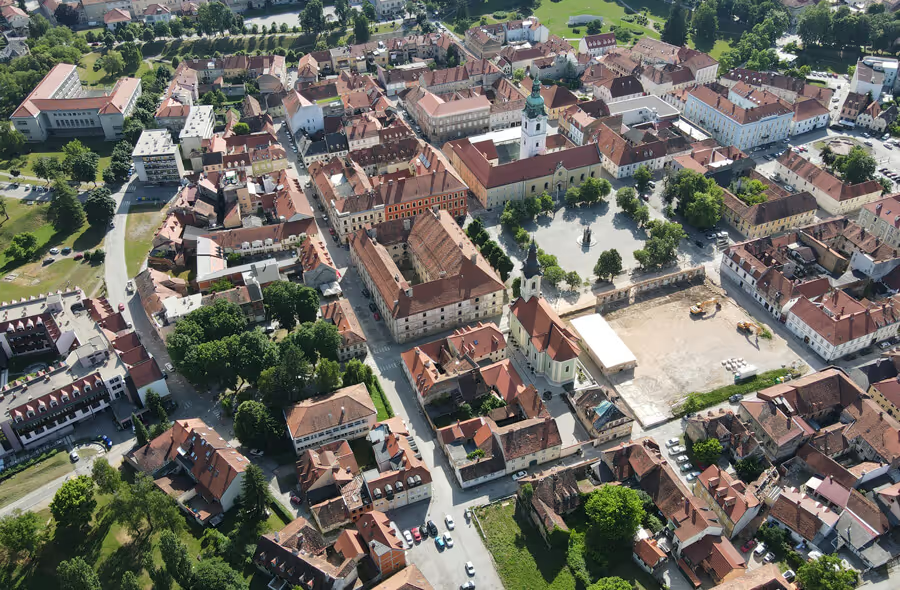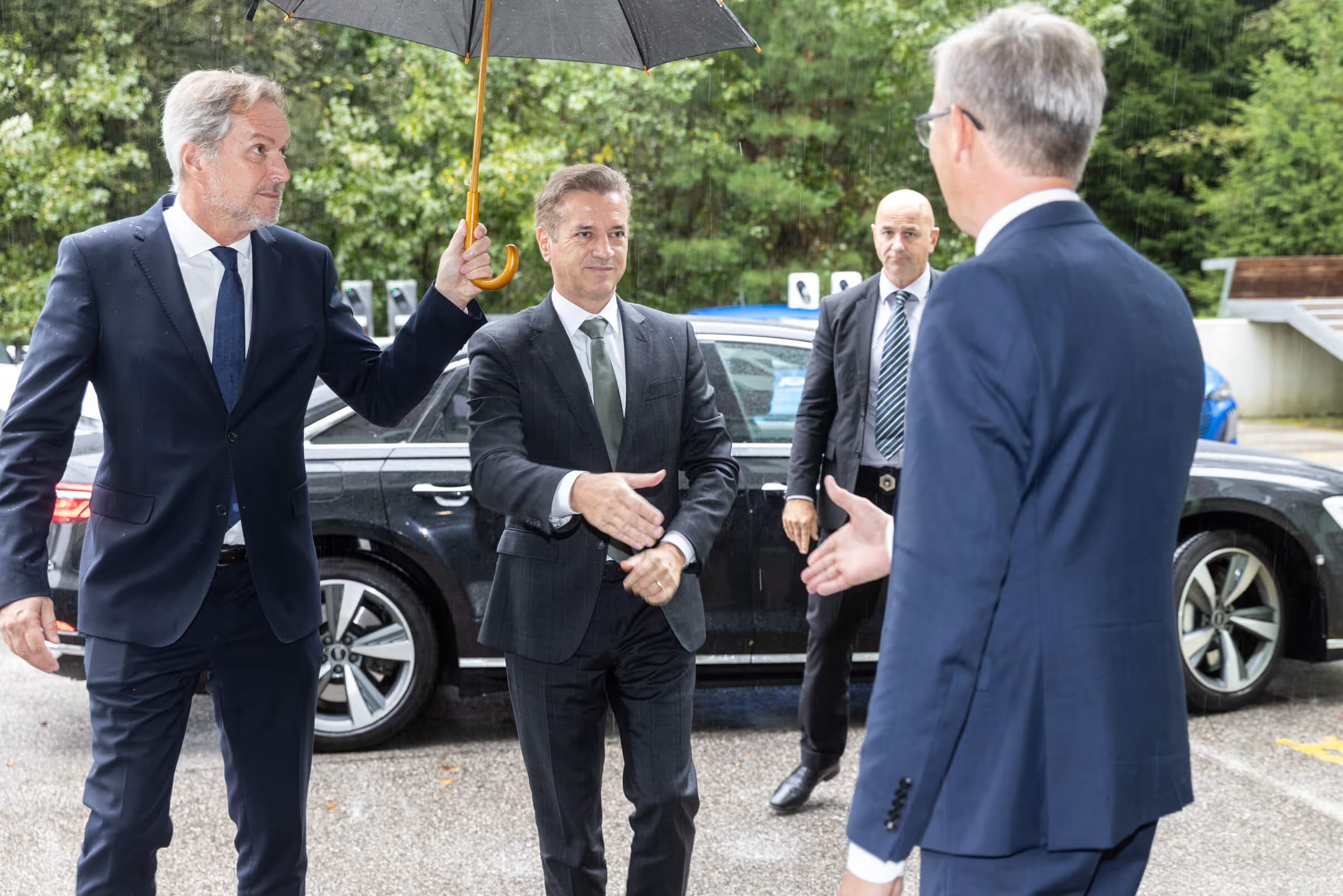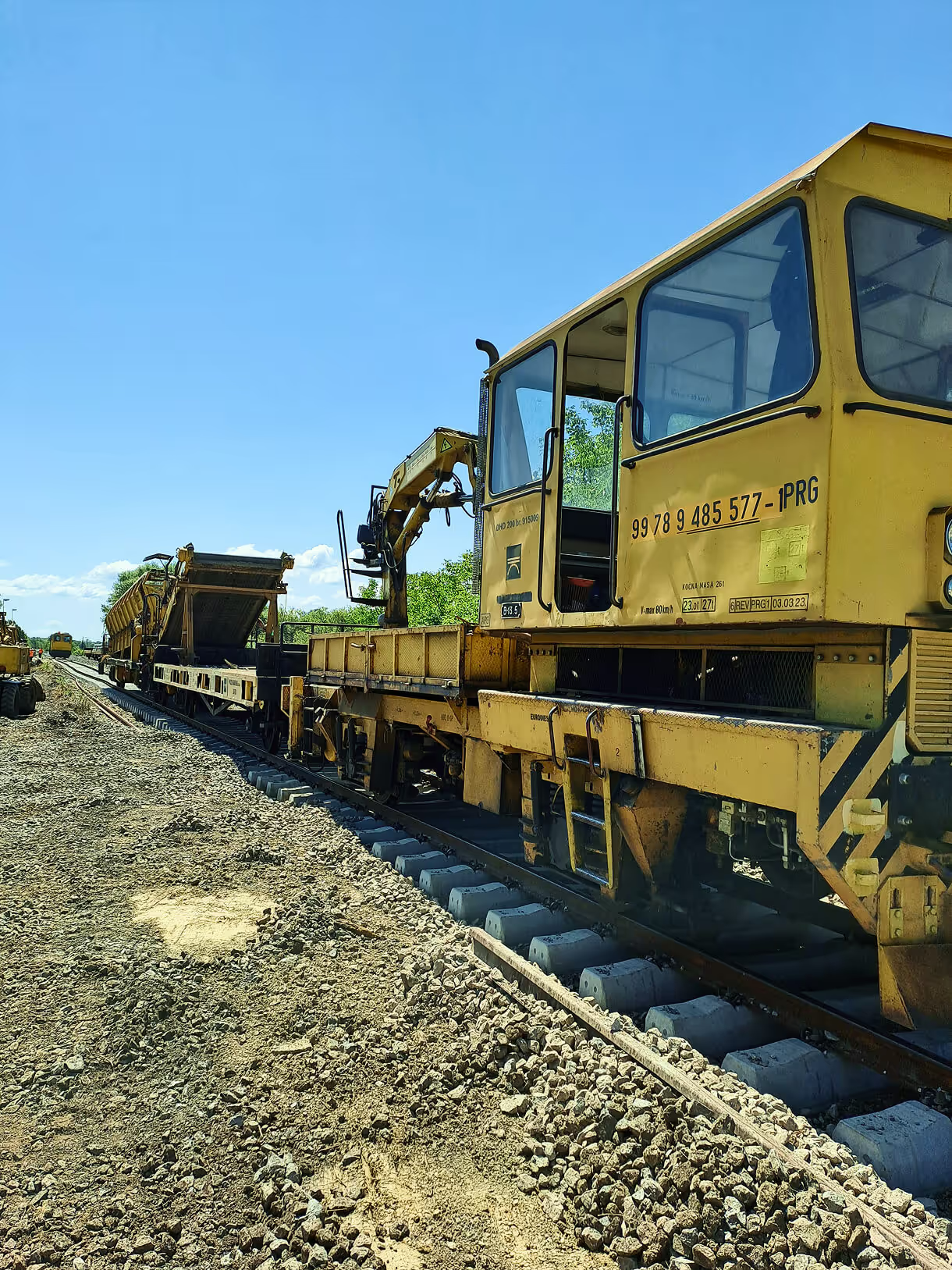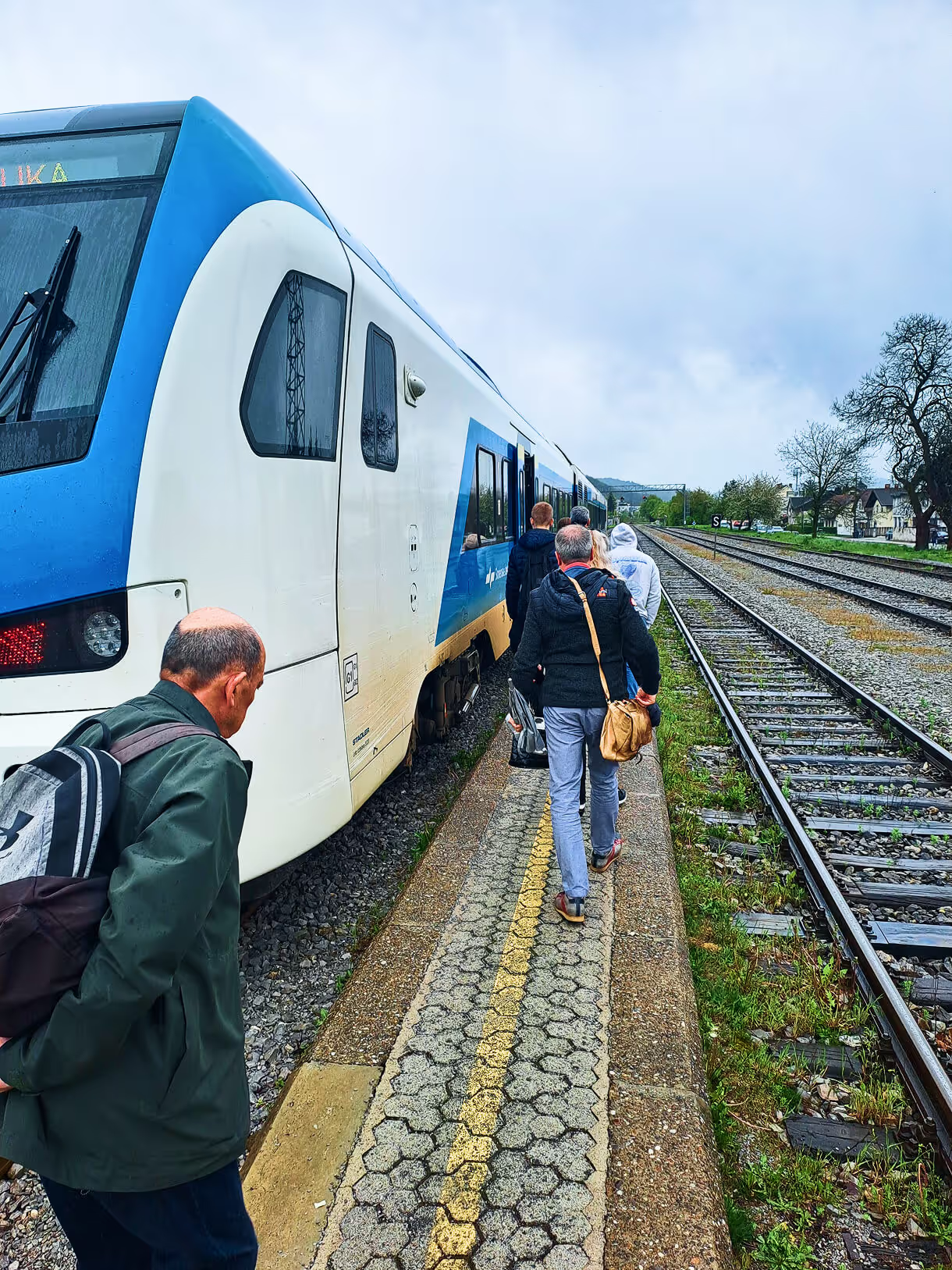renewal in bela krajina
The first step in revitalising the Bela krajina railway: the renovation and construction of transport infrastructure in border problem areas are not important solely from an infrastructure perspective. This is a structural step towards a breakthrough for a region that has for decades faced demographic decline, the out-migration of young people, and a lack of investment.Prvi korak pri oživitvi belokranjske železnice: obnova in gradnja prometne infrastrukture na obmejnih problemskih območjih ni pomembna le z vidika infrastrukture. Gre za strukturni korak k preboju regije, ki se že desetletja sooča z demografskim padcem, odseljevanjem mladih in pomanjkanjem naložb.
Accessibility and mobility are key developmental elements of every region. When regions lack fast, affordable, and regular links to urban centres, this affects all levels of life, such as education, employment, healthcare, culture, and security. In this context, the railway line plays a strategic role in the development of cross-border and border areas, where we face dispersed settlement, a lack of public services, poorer opportunities for employment and education, and difficulties in attracting investment.
With the rehabilitation of the line and, in the future, with a complete Zagreb – Karlovac – Novo mesto – Ljubljana connection, a functional mobility backbone can be established, enabling easier movement of school pupils and students to Novo mesto, Ljubljana, or Karlovac/Zagreb; day-to-day labour mobility (e.g., for work in manufacturing, services, healthcare); and access for older persons to healthcare, social, and cultural services without dependence on private cars.
Investors and entrepreneurs often turn their backs on regions with inadequate transport infrastructure. Competitive accessibility (in terms of time, logistics, and cost) is one of the fundamental conditions for decisions on the location of companies, industrial plants, or service centres. A reliable rail connection also means better logistics for businesses, greater access to labour, and an improved environmental footprint for industry and export-oriented companies. Bela krajina, the Žumberak Mountains, rivers, vineyards, natural parks, and cultural heritage are to a large extent untapped tourist jewels that require accessibility. Rail enables tourists from the main transport hubs of Ljubljana or Zagreb and their wider catchment areas to arrive without a car, with a negligible/minimal carbon footprint and an authentic experience.
Combined with smart mobility solutions (e.g., AI tourist guides, “last-mile” transport apps, e-bikes at stations, robo-taxis, etc.), the region can become a sustainable tourist destination suitable for all generations.
Good mobility means a good quality of life. Access to a doctor, urban centres, school, or the workplace without stress, without a long journey, and without worrying about parking increases the sense of dignity, safety, and belonging. Where such links are absent, development also lags. The railway is not merely a road of steel, but a symbol of connectivity, accessibility, and equal opportunities.
Although the more extensive maintenance works on the Bela krajina line are only the first step on the path towards the goal, this is not merely a technical project. It is a social, economic, and cultural investment in the future of the border area, which has waited far too long for thorough change.


.avif)






